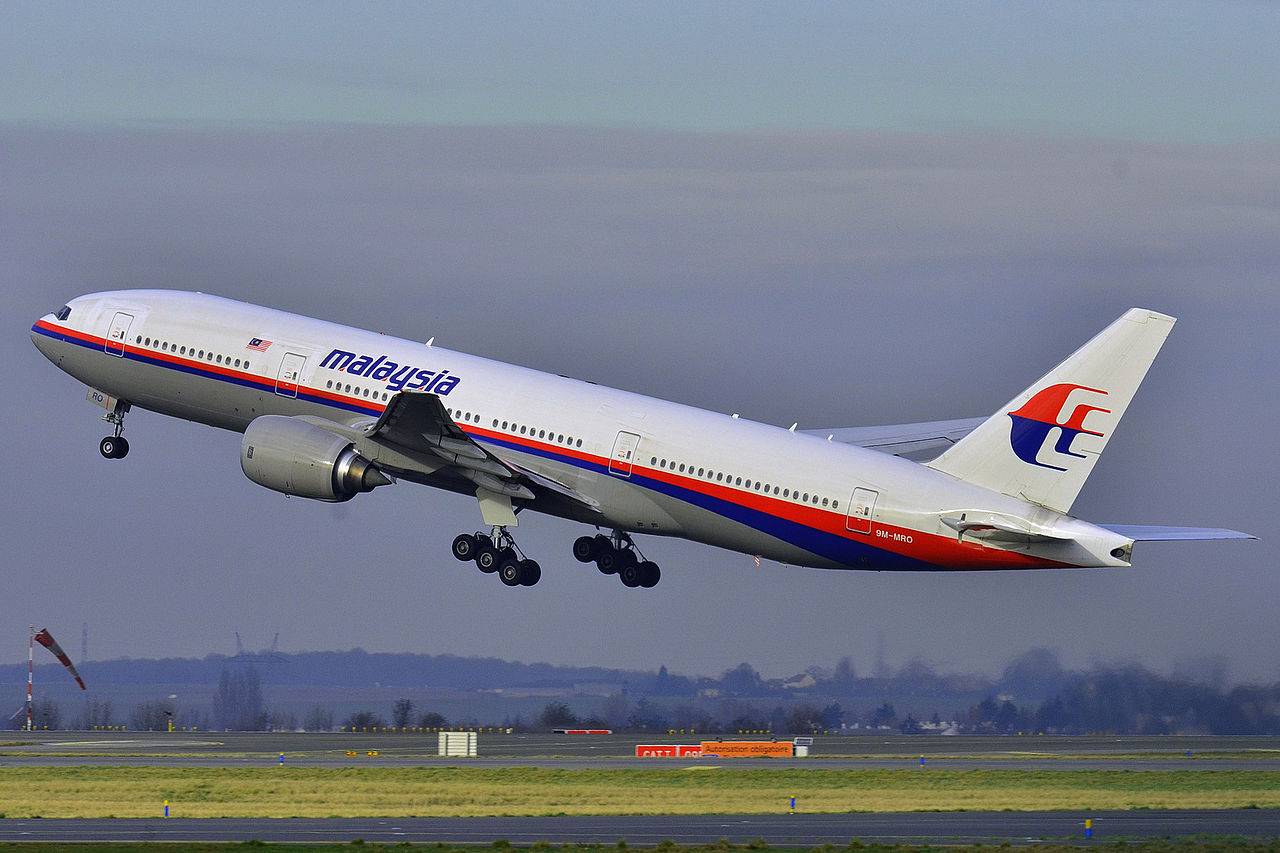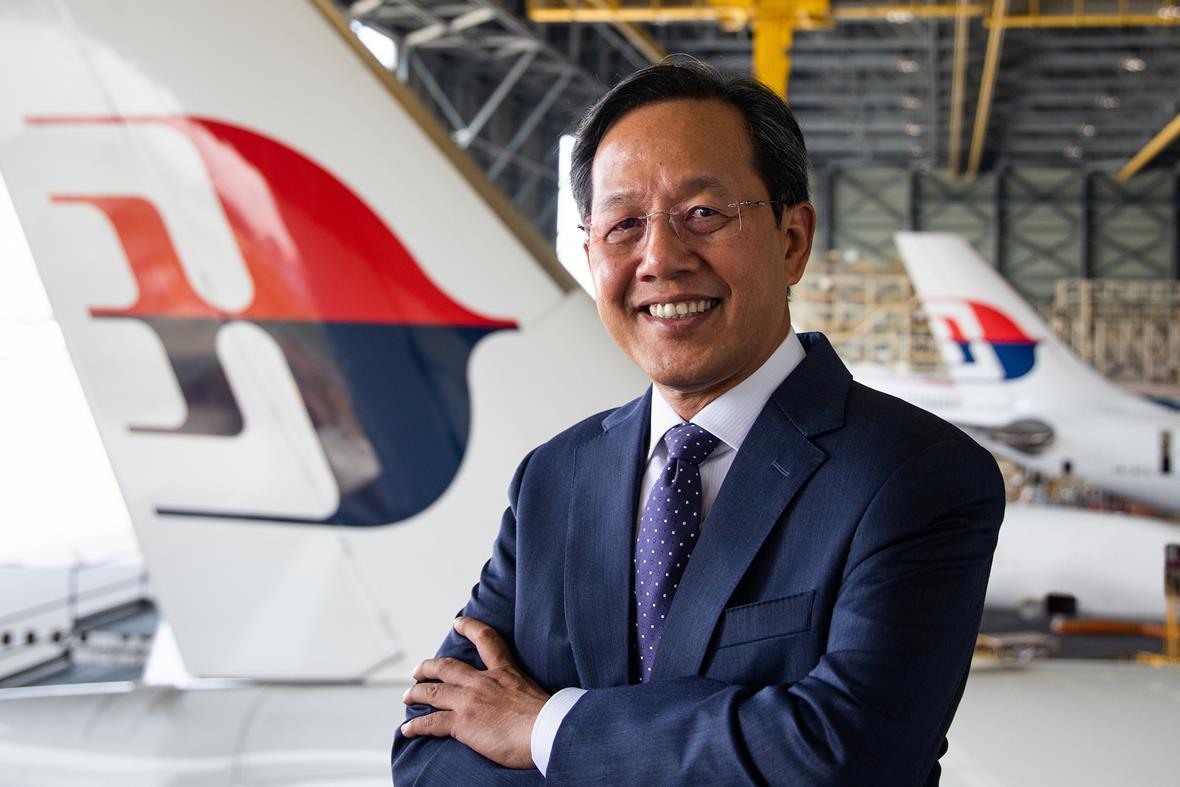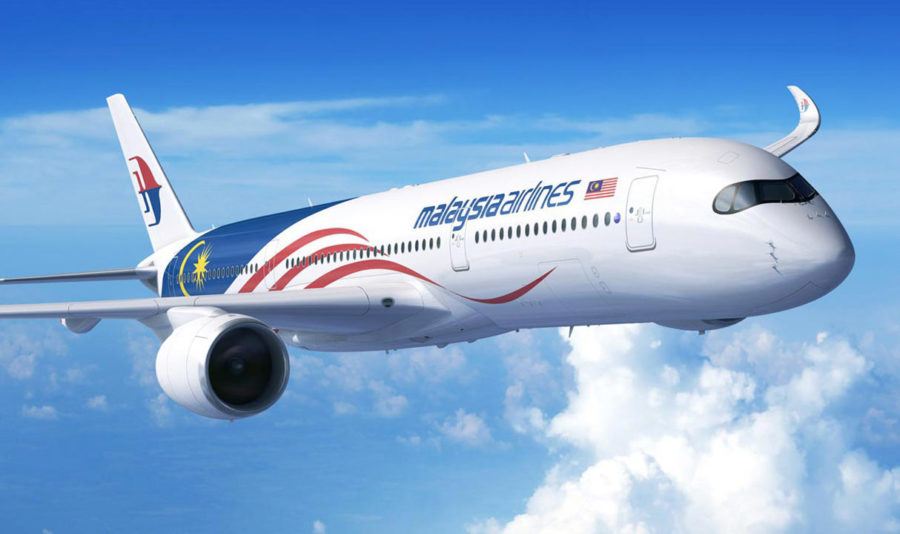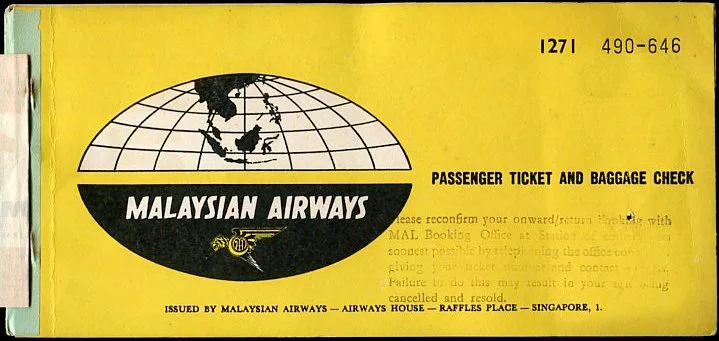The national carrier has navigated some extremely challenging years and now looks poised to enter a period of growth and profitability.
As 2023 comes to an end, and several months after commemorating its 77th anniversary, it’s accurate to say that Malaysia Airlines still stands out as a prominent carrier in Asia, and its profile appears to be growing, too. Presently, the airline’s extensive fleet of nearly 80 aircraft spans routes to 22 countries across Asia, Europe, the Middle East, and Oceania, complemented by a comprehensive domestic network. While the airline basks in its historical glory, the past couple of decades have unquestionably presented some exceptional challenges for Malaysia’s flag carrier. Here’s how Malaysia Airlines came to be the national airline we know today.

A FAST-GROWING POST-WAR AIRLINE
The roots of Malaysia Airlines trace back to 1947 when Malayan Airways Limited initiated its inaugural passenger flight, a period predating the existence of modern-day Malaysia. Operating out of Singapore, this post-World War II airline, a collaboration between the Straits Steamship Company and Imperial Airways, initially utilized Airspeed Consul twin-engined aircraft. The maiden voyage on April 2, 1947, carried five passengers from Singapore’s Kallang Airport to Kuala Lumpur’s Sungai Besi Airport.

Bristol Britannia | Image Credit: Pinterest
Benefiting from collaboration with airlines from friendly nations, Malayan Airways experienced fairly rapid growth. By 1955, the airline had transitioned to Douglas DC-3s. Within two decades of its inception, Malayan Airlines boasted an impressively diverse fleet, including the Douglas DC-4 Skymaster, Vickers Viscount, Lockheed L-1049 Super Constellation, Bristol Britannia, de Havilland Comet 4, and Fokker F27. In a pivotal move in 1960, Malayan Airways initiated its inaugural ‘long-haul’ flight to Hong Kong, deploying an 84-seat, four-turboprop Bristol Britannia.
The year 1963 marked the birth of modern-day Malaysia, leading to the rebranding of Malayan Airways to Malaysian Airways. This adjustment better reflected the airline’s home base. Simultaneously, Malaysian Airways welcomed five state-of-the-art Fokker F27 Friendships to its fleet.

BREAKING UP IS (NOT SO) HARD TO DO
The national airline was one more casualty of the historic break between Malaysia and Singapore, but probably not in the way you might think. In 1965, Singapore’s expulsion from Malaysia resulted in the renaming of Malaysian Airways to Malaysia-Singapore Airlines – almost the opposite of what would seem logical. This marked a turning point beyond naming conventions, too, as Boeing 707s and 737s were introduced to the airline.
However, two decades after being formed, the airline encountered existential challenges rooted in conflicting interests between the governments of Singapore and Malaysia. Though there were other issues, the most notable was that while Singapore aimed for an expansive international network, Malaysia prioritized domestic routes. Given the split-landmass geography of Malaysia, and the tiny stature of Singapore, neither side’s position was unreasonable – but the difference in priorities was untenable.

This strategic discord led to the airline’s dissolution in 1972, giving rise to two distinct entities: Singapore Airlines and Malaysian Airline System, colloquially known as MAS. Singapore Airlines inherited the Boeing 707s and 737s, operating primarily from Singapore. Meanwhile, MAS retained the Fokkers, concentrating on domestic routes and selected international services from Kuala Lumpur.
Post-breakup, MAS managed a fleet of 19 aircraft, including jets capable of flying to London. The introduction of DC-10-30 aircraft in 1976 marked a new phase, with MAS flights extending to Amsterdam, Paris, and Frankfurt. Under Malaysian Government ownership, MAS expanded its reach, aligning with the global trend where emerging nations valued extensive networks and high-profile national carriers.
In December 1977, MAS suffered its first fatal crash, which resulted from a hijacking of Flight 653, a domestic flight from Penang to Kuala Lumpur. The hijackers forced a diversion of the flight to Singapore, but fatally shot the pilot and copilot following the revelation that the plane would run out of fuel before reaching Singapore. The Boeing 737 crashed near Tanjung Kupang in Johor, with the loss of all 93 passengers and seven crew. The motive and identity of the hijacker or hijackers was never determined. A memorial to the lost flight with all the victims’ names still stands today in Tanjung Kupang, and the crash remains the deadliest to occur on Malaysian soil.

TURBULENT TIMES: THE ASIAN FINANCIAL CRISIS
By the 1980s, MAS had established routes to 47 overseas destinations, spanning Asia, Europe, and Oceania, with limited ventures into the Americas. Despite exploratory flights to far-off destinations like Mexico City, Los Angeles, and Buenos Aires, the focus remained on Europe and Oceania. However, the airline faced a significant setback during the 1997 Asian Financial Crisis. Sustained financial losses prompted MAS to undertake a substantial transformation programme.
Throughout the 1980s and 1990s, MAS evolved into a major long-haul carrier. The turbulent financial period, lasting over a decade, witnessed the axing of loss-making long-haul routes. Yet, challenges persisted with escalating salary, airport, and aircraft costs. Notably, rising fuel costs and what some observers generously characterised as ‘suboptimal revenue management’ posed considerable hurdles.
The shift towards financial stability began towards the end of the first decade of the 21st century. Under the leadership of CEO Idris Jala, MAS executed a robust business turnaround plan. This involved rationalizing routes, discontinuing unprofitable international flights, and transitioning from a predominantly point-to-point to a hub-and-spoke airline model.

Idris Jala’s focus on revenue management proved highly successful, prompting the Malaysian government’s interest in his inclusion in the national cabinet following his exit from the airline in 2009. Tengku Azmil Zahruddin assumed leadership in 2009, coinciding with a significant influx of new aircraft orders, including Boeing 737s, Airbus A330s, and Airbus A380s.
THE WORST OF TIMES
The 2010s marked an especially tumultuous period for MAS, which underwent another rebranding (shifting from Malaysian Airline System to Malaysia Airlines), but struggled against the ascent of agile, low-cost carriers. The introduction of the expensive A380s in 2012 added to the challenges, quickly becoming a burdensome element for the legacy carrier. These challenges, coupled with high-profile incidents and a changing aviation landscape, created a perfect storm for the airline.

Notably, two tragic and very high-profile events kept Malaysia Airlines in the headlines for unfortunate reasons. In March 2014, Flight 370, a Boeing 777-200ER, disappeared mysteriously with 239 people on board, leaving no trace even after nearly a decade. Just four months later, MH17, another 777-200ER was struck by a missile over eastern Ukraine and crashed, resulting in the loss of all 298 lives on board. The business side was spiralling, as well, as executive suites at the airline saw a high turnover, and the company faced cultural issues, financial difficulties, and plans to delist.
And then Covid hit. The onset of the pandemic in 2020 exacerbated the airline’s challenges, putting Malaysia Airlines on the back foot at the beginning of the decade. As the pandemic dragged on and international borders remained closed, times were certainly bleak – not just for Malaysia Airlines, but for all carriers worldwide.
However, recent years have seen signs of recovery, both in the broader industry and specifically for Malaysia’s flag carrier. In 2020, the airline carried approximately 3.9 million passengers, a number that dropped to 1.7 million in 2021 but rebounded by nearly 90% in 2022. During this time, Malaysia Airlines launched and resumed several pre-pandemic routes, bid farewell to its last A380, and signed an MoU for 20 A330neos.

TURNING A CORNER
The years following the disastrous loss of two 777 aircraft were marked by significant turmoil inside the company, too. When Captain Izham Ismail, who was eyeing retirement after almost 40 years of service, was appointed CEO in 2017, Malaysia Airlines had just witnessed the exit of its second chief executive in the past two years – ex-Ryanair senior executive Peter Bellew had just left the airline, and former Aer Lingus chief Christoph Mueller had exited in 2016.
To say that Izham took on a significant challenge would be an understatement. But under his leadership since 2017, Malaysia Airlines made impressive strides towards recovery – albeit with a serious interruption thanks to Covid-19. It wasn’t easy, and involved numerous contentious meetings with creditors and board members alike. But six years on, all the hard work looks to be paying off.
Financially, there has been a notable turnaround. The Malaysia Aviation Group reported an operating profit of about $125 million (RM556 million) last year, a stark improvement from the $173 million (RM767 million) loss reported in 2021. The revenue tripled compared to the previous year, credited to higher demand post-Covid and strategic improvements across business sectors.

Despite being the national carrier, Malaysia Airlines currently holds the position of the second-largest airline in the country, trailing behind AirAsia in both fleet size and number of passengers carried. With its growing fleet of Boeing 737-800s, Airbus A330s, and A350-900s, however, the airline has a comprehensive network covering 29 domestic and 48 international destinations across 22 countries. It operates as a OneWorld member and, as of this writing, has additional orders for 737-8s and A330neos.
Times are certainly looking up at Malaysia Airlines, and the winds appear to be shifting. While facing stiff competition, the airline has perhaps surprisingly identified India as its largest market in recent times, surpassing Australia and even China. According to reports, this strategic shift is reflected in its robust schedule, operating up to 69 weekly flights to nine Indian routes from November to February, establishing itself as a significant player on the Kuala Lumpur-India service.
Though it’s impossible to predict the future for any business, for now, the always-resilient Malaysia Airlines continues to build on its nearly 80-year-old legacy. The airline has a fascinating history, and has objectively done an admirable job of steering itself through a remarkably difficult stretch of years to emerge leaner, more financially stable, and set to write the next chapter in its nearly 80-year history.

Information from Malaysia Airlines, Simple Flying, FlightGlobal, and Mashable SEA contributed to this article.
"ExpatGo welcomes and encourages comments, input, and divergent opinions. However, we kindly request that you use suitable language in your comments, and refrain from any sort of personal attack, hate speech, or disparaging rhetoric. Comments not in line with this are subject to removal from the site. "





















